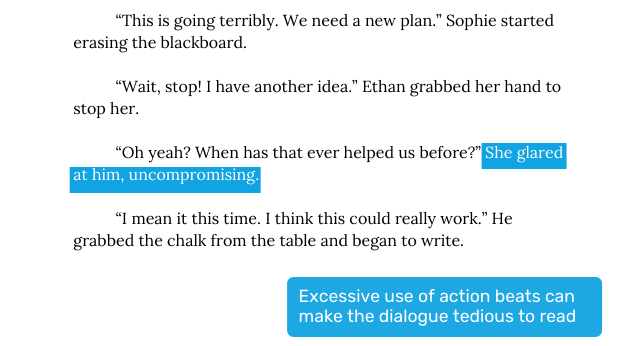In essays, the goal is to present the main character and their opinions. It is important to keep dialogue free from direct quotations, however. Instead, writers should incorporate other people’s ideas and opinions without directly quoting them. This type of writing requires creative and evocative skills. Listed below are some examples of dialogue in essays. Keep reading to learn how to write dialogue in essays. There are many different forms of dialogue.
Examples of dialogue in an essay
Dialogue in an essay is often used to add power to an image. However, it’s important to remember to use appropriate punctuation to ensure that it’s clear to your audience. In other words, don’t use common conversational words like “uh-huh,” “yah, sure,” and “yah-nah” in your essay. Instead, use creative expression to make your dialogue sound real.
Structure of a dialogue in literature
The structure of a dialogue in literature is a set of rules and conventions that authors should follow to write effective conversation among characters. Dialogue should be clear and support the primary purpose of the story, whether it is narrative, philosophical, or didactic. Dialogue includes both written and spoken words and the writer’s voice. Dialogue has a defined structure regardless of its length. Typically, dialogue is written in indented paragraphs.
Formatting a dialogue in literature
There are a few rules for formatting a dialogue in literature. First, remember that dialogue isn’t meant to sound like a real conversation. If it did, the book would be much longer! Humans often say things that have no real point. Because of this, writers must keep dialogue shorter and more poignant. If dialogue isn’t necessary to the story, it should be cut. Here are a few examples of how to format dialogue in literature.
Transitions between speakers’ speeches
There are many ways to create transitions between speakers’ speeches. For example, you could introduce a question at the end of your speech and transition to another topic during your closing remarks. You could also use visual aids, such as posters, to emphasize the change from one topic to the next. Regardless of the technique you choose, you should use the appropriate transition between speakers. Below are some examples. Hopefully, they will help you craft the best transition possible.
Avoiding simple punctuation errors
In formal writing, basic punctuation mistakes should be avoided. These mistakes can make your writing seem off, even if people can’t pinpoint the exact mistake. Incorrect punctuation can also make your writing seem unprofessional, alienating readers. Some common mistakes include the misuse of apostrophes, commas, and commas in the wrong places. Here are some tips for avoiding common errors:

